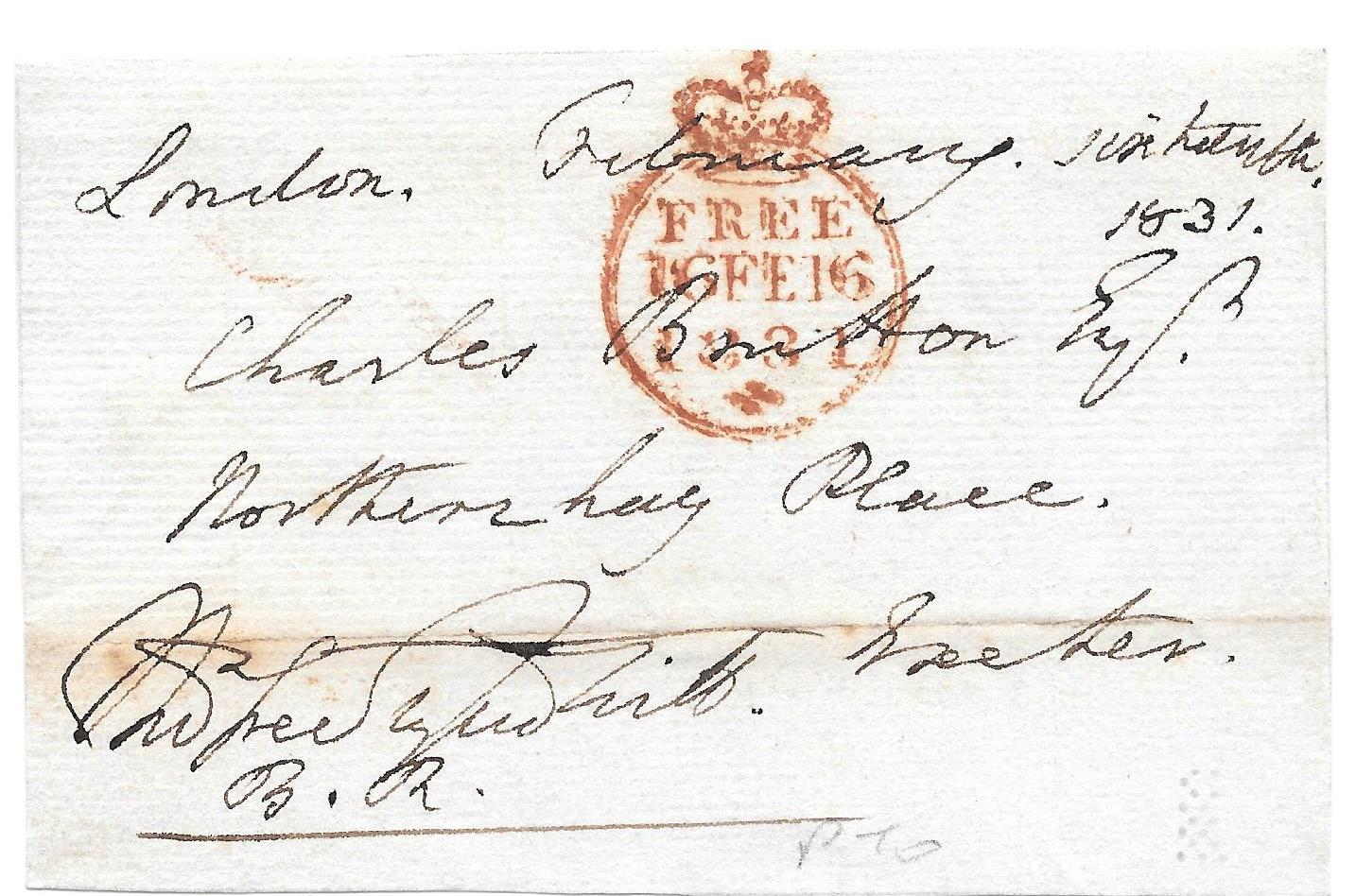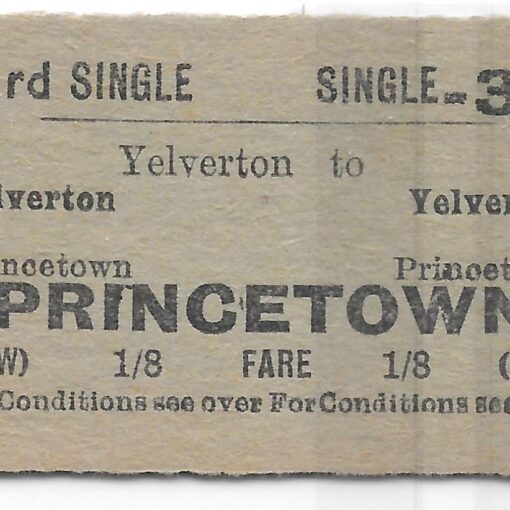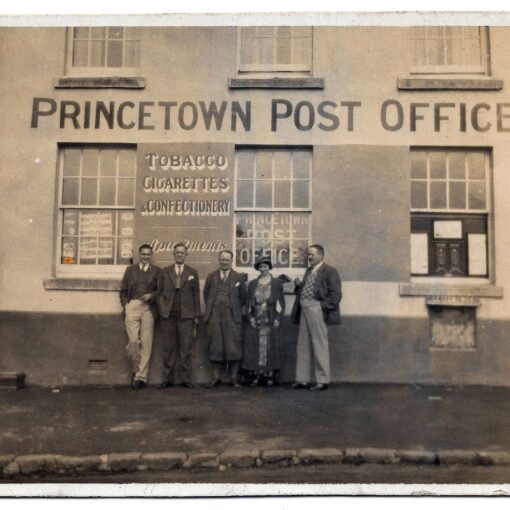Sir Thomas Tyrwhitt (1762 – 24 February 1833) distinguished himself as an English politician, serving as a Member of Parliament (MP) from 1796 to 1812.
Educated at Eton College and Christ Church, Oxford, Tyrwhitt initially served as the private secretary to the Prince of Wales. In 1796, he was elected as the MP for Okehampton, marking the commencement of his political career. His notable contributions include overseeing the construction of various roads across Dartmoor, the establishment of Princetown – a hamlet named in honour of the Prince of Wales – and the development of a prison for war captives from the Napoleonic Wars, now recognised as HM Prison Dartmoor. Additionally, he played a pivotal role in the creation of the Plymouth and Dartmoor Railway.
Sir Thomas assumed the position of Auditor of the Duchy of Cornwall in 1796 and was appointed Lord Warden of the Stannaries in 1803. His parliamentary journey continued with elections as the MP for Port Arlington in 1802 and Plymouth in 1806. Following his active political career, he entered retirement and took on the role of Gentleman Usher of the Black Rod.

The inception of Plymouth’s first large-scale railway traces back to the visionary efforts of Sir Thomas Tyrwhitt, a man driven by a relentless ambition to reclaim and utilise the rugged expanse of Dartmoor. Spanning over two decades, Sir Thomas dedicated his endeavours to cultivating and populating the vast, untamed landscape.
In the heart of Dartmoor, he erected Prince’s Town, a settlement christened in honour of the Prince of Wales, later ascending to the throne as King George IV. Sir Thomas’s persuasive prowess extended to the Admiralty, convincing them that Prince’s Town held the potential to serve as an ideal depot for prisoners of war from the ongoing conflict with France.
The culmination of his efforts materialised in the form of Dartmoor Prison, completed in 1809. This imposing structure became the temporary abode for 5,000 prisoners-of-war until the declaration of peace in 1815. Subsequently, with the cessation of hostilities, the once bustling prison complex fell silent and deserted, a testament to the shifting tides of history and the transformative impact of Sir Thomas Tyrwhitt’s grand vision on the landscape of Plymouth and Dartmoor.
Subsequently, Sir Thomas conceived the notion that establishing a railway connecting Prince’s Town to the coastal vicinity near Plymouth would confer significant benefits. The strategic plan aimed to facilitate the transportation of essential materials and personnel required for the reclamation of the land, including lime and sea sand for fertilisation, coal, timber, and even commodities like tea and sugar.
These journeys to Plymouth would not only transport granite sourced from quarries at King Tor and potentially Dartmoor peat but also convey the agricultural produce from the surrounding farms. This envisioned railway stood poised as a pivotal element in materialising Sir Thomas’s ambitious dream, providing a crucial infrastructure to support and propel the realisation of his vision.
Sir Thomas then envisioned the advantage of constructing a railway that would connect Prince’s Town with the coastal region near Plymouth. The objective was to streamline the transportation of necessary resources and manpower for the land reclamation process, encompassing vital materials such as lime, sea sand for fertilisation, coal, timber, and even everyday commodities like tea and sugar.
These journeys to Plymouth would not only serve as conduits for transporting granite from quarries at King Tor and potentially Dartmoor peat but also as carriers for the agricultural produce cultivated on the nearby farms. This proposed railway emerged as a critical component, poised to bring Sir Thomas’s ambitious dream to fruition by providing essential infrastructure to support and advance the realisation of his vision.


